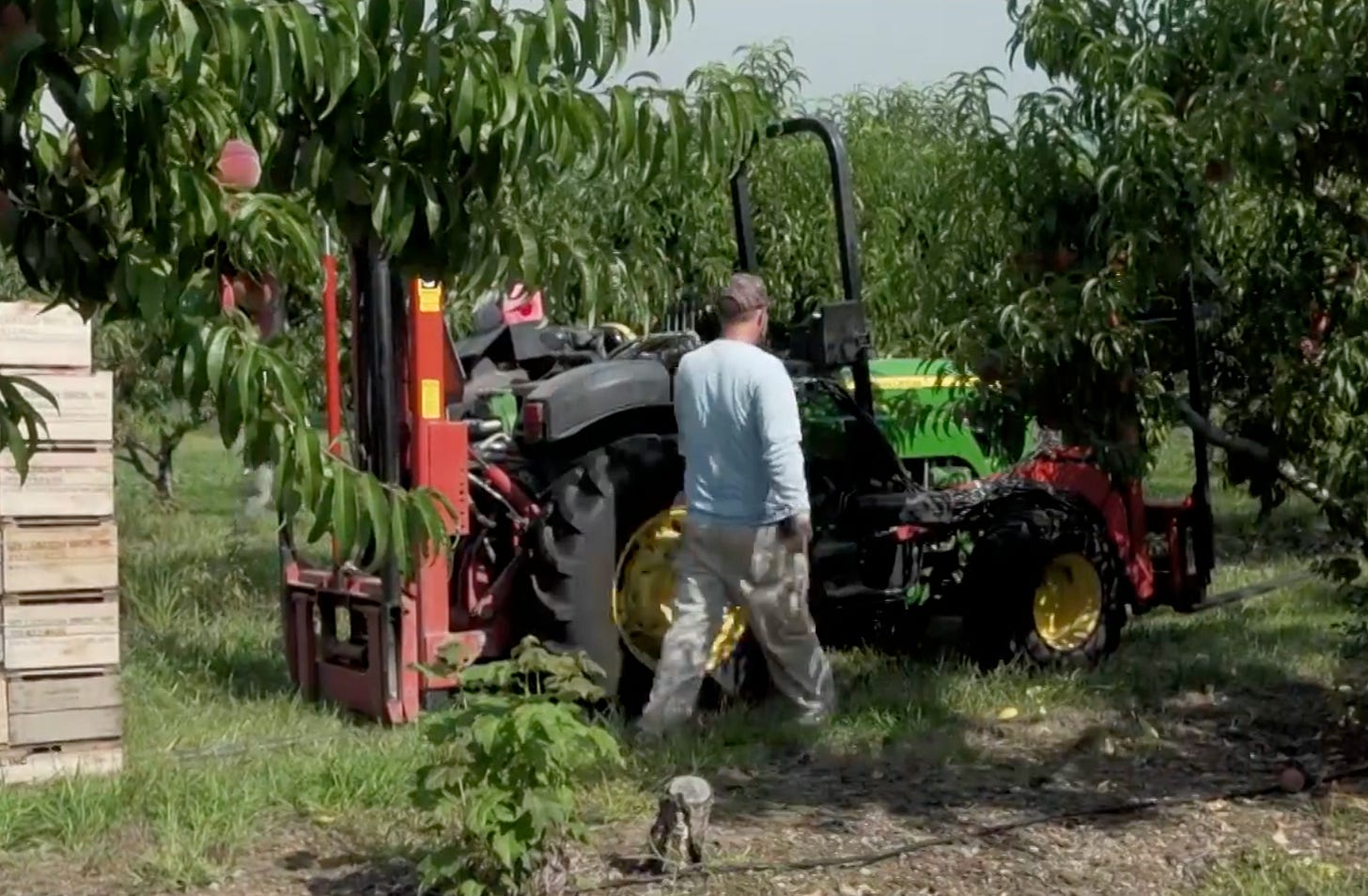The Great Replacement Comes to Rural America
Description
No matter how far Americans flee from the pressures of urban life, the Great Replacement will always find them.
A Trump administration that engages in largely performative immigration enforcement continues to promise sweeping deportations, yet the demographic transformation of the country continues apace. These gestures have not produced the mass removals that supporters expected, and the underlying trends remain unchanged.
America’s shifting population profile now reaches far beyond the usual metropolitan centers of Chicago, Los Angeles, Miami and New York City—all which resemble Towers of Babel unrecognizable to the previous White European settlers who built these illustrious cities. Rural communities once thought immune to these noxious trends now feel the full force of these changes, as the Daily Yonder reported in its examination of population trends in rural America through recent Census data.
Close to 300,000 people have arrived from overseas in non-metropolitan counties since 2020. This influx accounts for most rural population growth during this period, according to the Census. Rural America has grown since the pandemic, yet this follows a decade of contraction that began right after the Great Recession. Research from the University of New Hampshire shows that rural counties lost 289,000 people between 2010 and 2020.
Recent growth in rural communities comes entirely from migration. Domestic relocations and international arrivals together offset the natural decrease in rural counties. A natural decrease occurs when deaths exceed births. Over the past four years, rural regions witnessed six deaths for every five births, creating a deficit of about 104,000 residents.
International arrivals represent 84 percent of national population growth over the past year and 87 percent of rural growth. Demographer Kenneth Johnson of the University of New Hampshire observed that rural America exists in many distinct forms. “There is not just one rural America,” Johnson said. “There’s really several rural Americas, and they’re all different from one another.”
Agriculture dependent counties demonstrate this variation. The Economic Research Service (ERS), a division of the U.S. Department of Agriculture classifies these regions as places where farming drives the economy. These counties gained 42,600 residents since 2020, including 27,000 immigrants from abroad.
Even here the picture varies by region. Farming counties in the Midwest lost population overall despite receiving about 9,400 immigrants. Johnson noted that “There’s not enough domestic young people who would be willing to do these jobs,” referring to work often filled through visa programs. These industries rely on immigrants to continue functioning, especially as fertility rates fall. Johnson added that “And [in farming counties], immigration did play a fairly significant role in the minimal gain that they received.”
The geographic distribution of new arrivals reflects broader national patterns. Between 2020 and 2024, Texas led with 26,000 immigrants, producing a 2.15 percent increase in its rural population. North Carolina followed with 13,300 arrivals and a 2.23 percent increase. Iowa received 12,500 immigrants yet still experienced a 0.48 percent decline in its rural population.
Other regions show similar developments. Planetizen reported that immigration accounted for 87 percent of rural population growth between 2023 and 2024. Postindustrial found that without international immigrants 58 percent of rural counties would have lost population between 2020 and 2024. By a similar token, Current reported that nearly 300,000 people immigrated from abroad to rural counties during this period.
A study by the National Foundation for American Policy determined that international migration was the only source of rural growth during most of the 2010s. The Great Lakes region demonstrates this starkly. Research from the American Immigration Council discovered that immigrants in rural Great Lakes communities grew by 5.5 percent between 2010 and 2022 while the U.S.-born population fell by 3.1 percent. Without immigrants the entire region would have lost more than 361,000 residents.
The USDA highlighted that rural areas grew by about 134,000 residents between 2023 and 2024. This figure represents a 0.29 percent increase and marks a break from the decade of decline between 2010 and 2020. From 2020 to 2024 rural counties recorded 563,550 more deaths than births. Migration offset this with 974,379 new arrivals consisting of 69 percent domestic migrants and 31 percent international migrants. Per the USDA’s findings, international arrivals accounted for about 48 percent of net migration gains in non-metropolitan counties between 2023 and 2024.
These demographic currents do not stop at the edges of rural counties. They now shape the towns and small cities that once stood apart from the forces transforming major metropolitan areas. Springfield, Ohio is case in point. The city entered the national spotlight during the 2024 presidential election cycle when the influx of Haitian migration to the city caused major economic and social dislocations. Springfield, which recorded about 60,000 residents according to the 2020 Census, received an estimated 12,000 to 20,000 Haitians in recent years.
The city acknowledged this change on its official website. “The City of Springfield has experienced a surge in our population over the last several years, primarily due to an influx of legal immigrants choosing Springfield, Ohio as their new home.” Mayor Rob Rue told CNN link that the city grew by about 25 percent in the last three years.
Most of these arrivals entered through Temporary Protected Status (TPS) or humanitarian parole. The American Immigration Council noted that this progra






